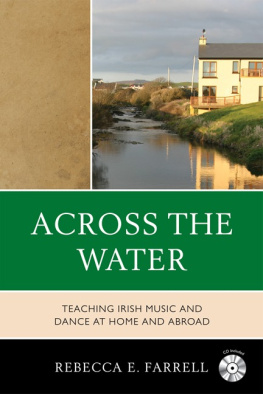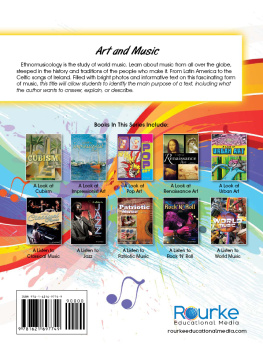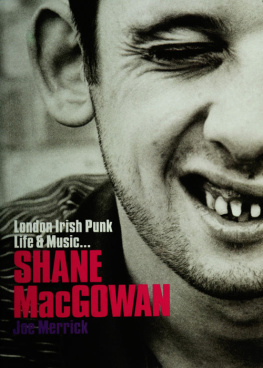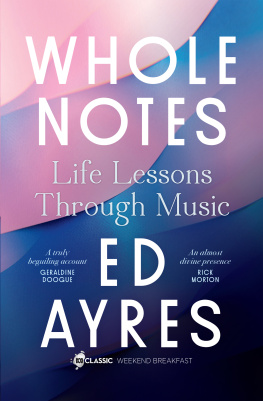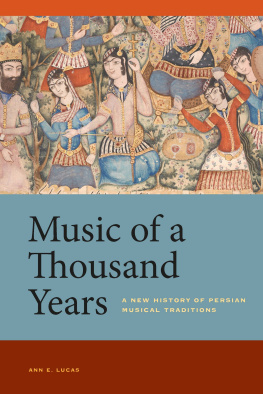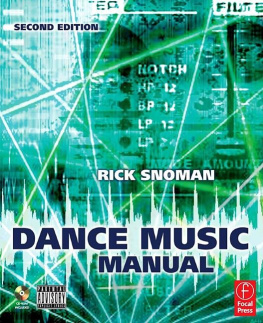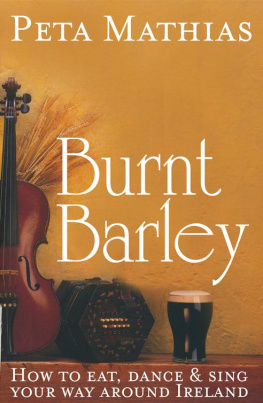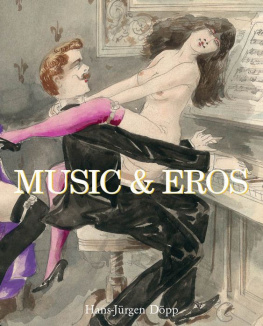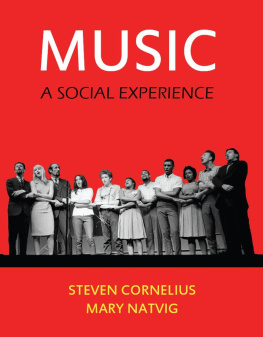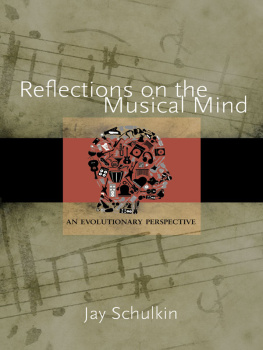Across the Water
Teaching Irish Music and Dance at Home and Abroad
Rebecca E. Farrell
Published in partnership with
MENC: The National Association for Music Education
Rowman & Littlefield education
A division of
ROWMAN & LITTLEFIELD PUBLISHERS, INC.
Lanham New York Toronto Plymouth, UK
Published in partnership with MENC: The National Association for Music Education
Published by Rowman & Littlefield Education
A division of Rowman & Littlefield Publishers, Inc.
A wholly owned subsidiary of The Rowman & Littlefield Publishing Group, Inc.
4501 Forbes Boulevard, Suite 200, Lanham, Maryland 20706
http://www.rowmaneducation.com
Estover Road, Plymouth PL6 7PY, United Kingdom
Copyright 2010 by Rebecca E. Farrell
All rights reserved. No part of this book may be reproduced in any form or by any electronic or mechanical means, including information storage and retrieval systems, without written permission from the publisher, except by a reviewer who may quote passages in a review.
British Library Cataloguing in Publication Information Available
Library of Congress Cataloging-in-Publication Data
Farrell, Rebecca E., 1980
Across the water : teaching Irish music and dance at home and abroad / Rebecca E. Farrell.
p. cm.
Published in partnership with MENC: The National Association for Music Education.
Includes bibliographical references.
ISBN 978-1-60709-577-4 (cloth : alk. paper)ISBN 978-1-60709-578-1 (pbk. : alk. paper) ISBN 978-1-60709-579-8 (electronic)
1. Folk musicIrelandInstruction and study. 2. Folk musicInstruction and studyIreland. 3. Folk musicInstruction and studyUnited States. 4. Folk dancing, IrishStudy and teachingIreland. 5. Folk dancing, IrishStudy and teachingUnited States. I. Title.
ML3654.F36 2010
781.62'91620071dc22
2010017828
` The paper used in this publication meets the minimum requirements of American
National Standard for Information SciencesPermanence of Paper for Printed Library Materials, ANSI/NISO Z39.48-1992.
Printed in the United States of America
It seems to me that for those who have ears to hear, this music of ours possesses the power of magic: it can put us in touch with ourselves in ways no other Irish art form can do. It can touch the pulse of ancestral memory, allowing us to redefine our dreams of what it is to be Irish. It can bring the lonely famine landscape to life, it can soothe the trauma and trouble of existence, it is possessed of the veiled eroticism of tenderness. It can adorn a moment of joy, it can sharpen a moment of sorrow. It is a gift of nature, dispensed with the abandon of wild flowers.
Tony McMahon, Music of the Powerful and Majestic Past
CD Tracks
(Listening Examples)
1. My Aunt Jane
2. r S Do Bheatha Bhaile
3. The Fox and the Hare
4. An Maidrn Rua (The Little Fox)
5. Believe Me If All Those Endearing Young Charms
6. I Am the Master/Dusty Bluebells
7 . Wexford Carol
8. Basic Milltown Jig
9. Ornamented Milltown Jig
10. Ornamentation Demonstration: Cut
11. Ornamentation Demonstration: Roll
12. Ornamentation Demonstration: Short Roll
Vocals: Rebecca E. Farrell
Tin whistle: Norah Rendell
Sound engineer: Niall Keegan
All listening examples were recorded at the University of Limerick in June 2006.
Preface
M usic educators and ethnomusicologists alike are fascinated with the other. By studying the other we are able to learn not only about a culture we had previously been unexposed to but about ourselves as well. When traveling into the unknown, it is important to examine the method of transmission used by the people raised within that community to pass on their language, traditions, and music. Although an ethnomusicologists and music educators purposes for looking at the method of transmission are different, their common interest in cultures from around the world indicates that there is a point where the two disciplines coexist. It is at this point where I began my research in September 2005.
For music educators, the journey into the other develops out of a desire to introduce their students to ethnic groups other than their own. It is from this exploration that teachers hope children will learn how to respect and embrace differences as they grow to adulthood. For the ethnomusicologist the study of the other helps the researcher learn about him- or herself. It is the putting of the I into the ethnography that allows field researchers to gain a better understanding of what it means to be a member of the new community as well as their own.
My research, as an ethnomusicologist and a music educator, has focused on an issue in applied ethnomusicology where music education is a principal concern. By studying how traditional Irish music is taught in a variety of classroom settings in Ireland, I have attained a firmer understanding of how to pass it on to my students in the United States. It is my hope that the research I completed at the University of Limerick will be used by other educators to introduce traditional Irish music to their students.
Water metaphors are commonly used in Irish traditional music and dance to refer to the great distances that separate loved ones, the desire to erase past wrongs, and the hope for a better future. On one level in this study, water is used to symbolize the tendency of music educators to look to the native soil for guidance when teaching the culture in its diasporic setting. On another level the water imagery is used to symbolize the two separate disciplines of music education and ethnomusicology and the resources and knowledge each has to offer the other. It is my hope that this book demonstrates the work that can be produced when these two disciplines coexist and bridge that watery divide.
Acknowledgments
I would like to take this opportunity to thank several people who were integral to the completion of this book. First of all, I would like to thank the faculty and staff at the Irish World Academy of Music and Dance (University of Limerick) for accepting me into the ethnomusicology masters program and then assisting me throughout the entire thesis process. Thank you to Niall Keegan, Sandra Joyce, Dr. John OFlynn, Norah Rendell, Denis Liddy, Ina Fitzpatrick, and Michelle Mulcahy for sharing their knowledge and talents with me. I wouldnt have been able to produce this book without their help.
Also, I would like to express my appreciation to my colleagues and the administration at Palmyra-Macedon Central School District for their willingness to let me leave for a year to chase a lifelong dream. I am very fortunate to belong to a district that believes in supporting lifelong learning.
In addition, I would like to thank my family, my fellow ethnomusicology classmates, and my friends both at home and abroad for their support throughout the original thesis process and then again as I transitioned this work from thesis to book.
Most of all I would like to thank my husband, Brian, who believed this book could become a reality long before I did. Thank you for your editing expertise, Photoshop skills, and never-ending support for my love of everything Irish.
This book is dedicated to my family, who has always believed that with a lot of hard work and a little faith, anything is possible.
1
When Theory Meets Practice: The Application of Ethnomusicological Methods in the Classroom
T he issue of musical transmission is pivotal for all American educators who are attempting to create a world music curriculum. Since many preservice music education programs in the United States emphasize the classical method of teaching music by note, a beginning teacher is often unsure of how to proceed when integrating other cultures into units of study. For those men and women the question becomes what teaching approach should be used to introduce unfamiliar songs and cultures to students in a manner that is both appropriate and accurate.

